Wintertime in the Northeast can get pretty drab. I know it's pretty tempting to want to grab some fresh cut flowers from the corner store, but why not consider some winter blooming plants (with roots)!
Over the years, I've enjoyed blooming flowers not just in the spring and summer—but all season long. The key is finding the plants that like to flower in winter, or in some cases, like to bloom all year long. Here are fifteen of my fresh picks.
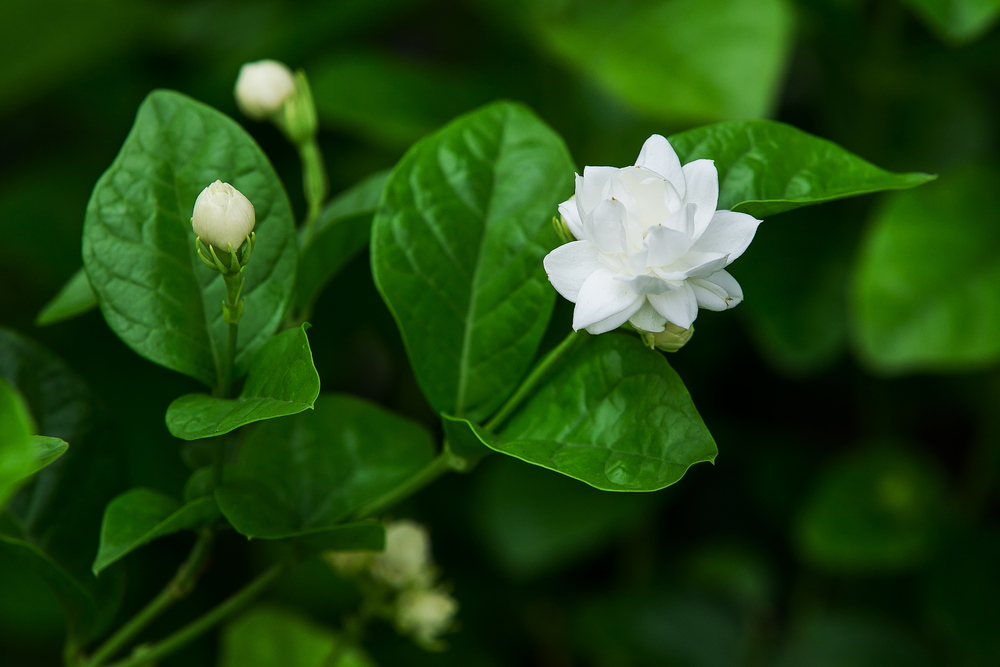

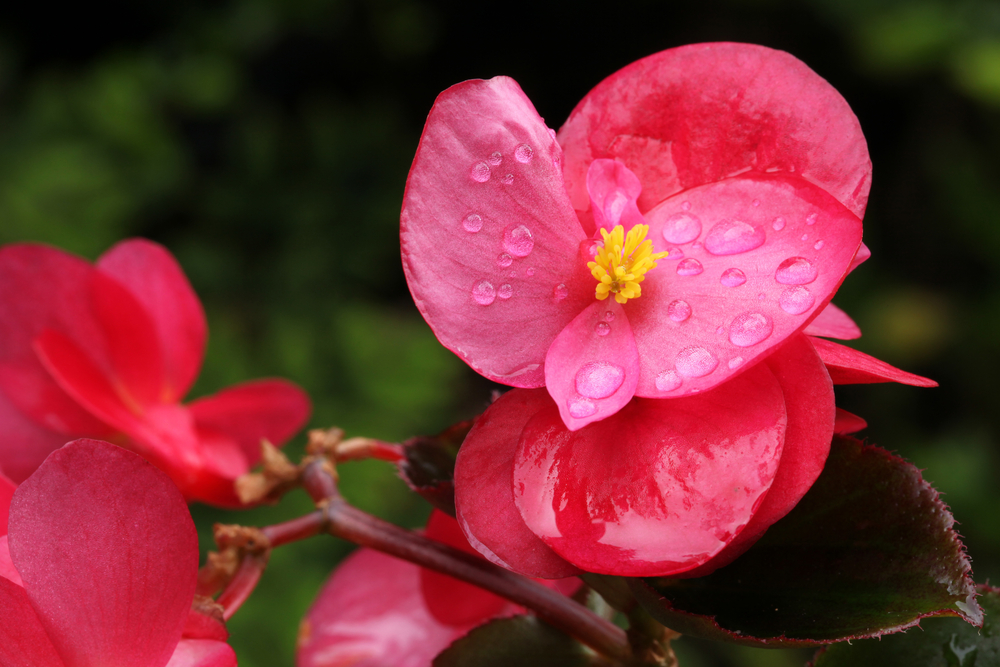
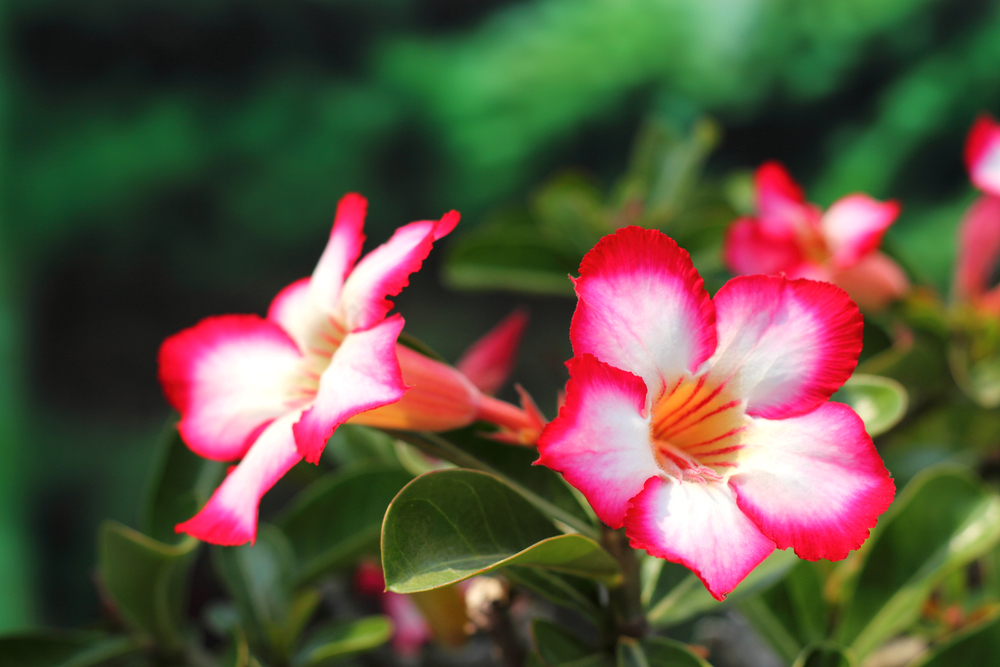

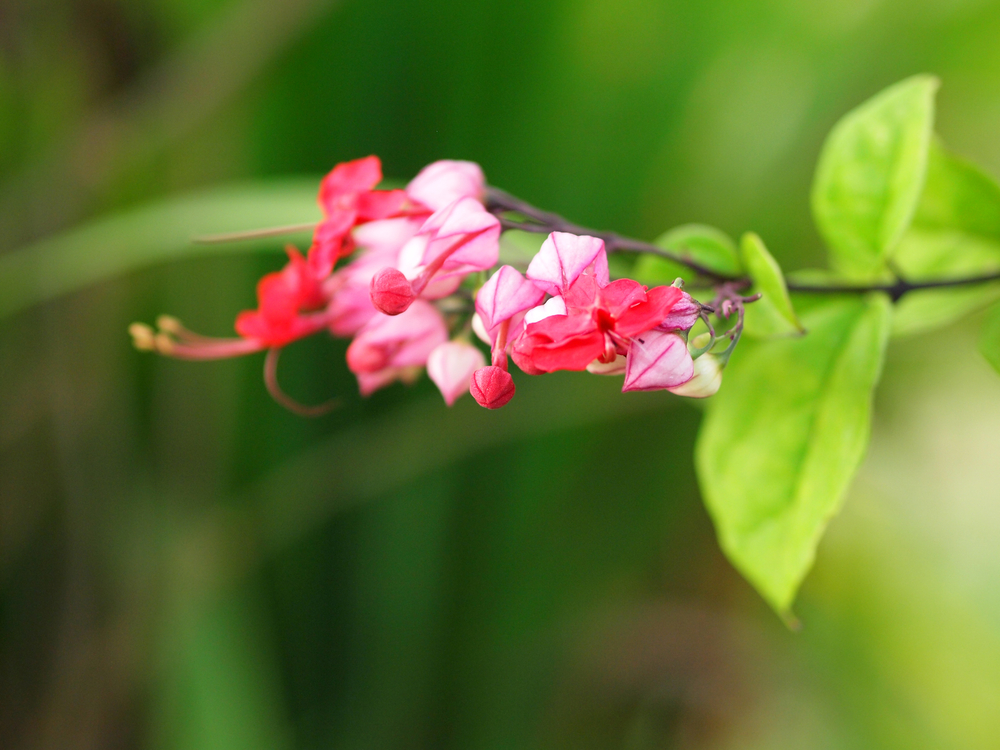

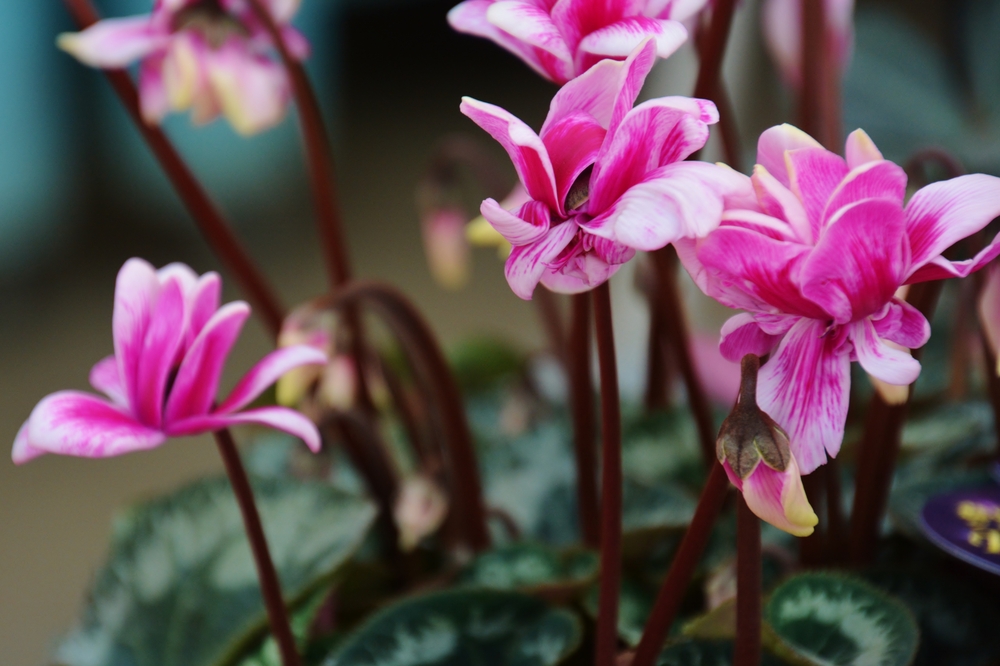
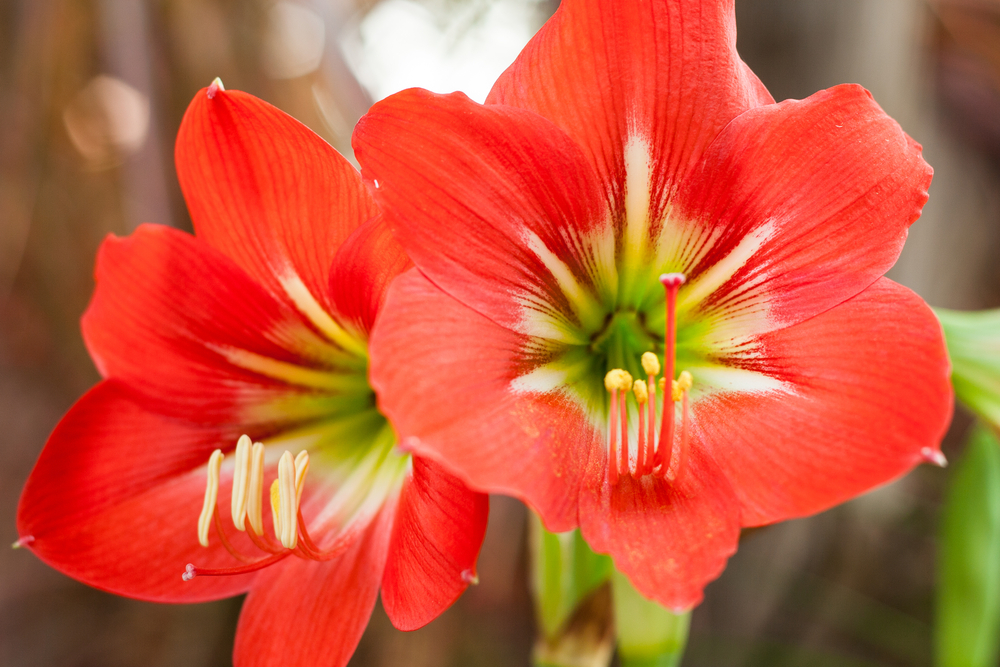
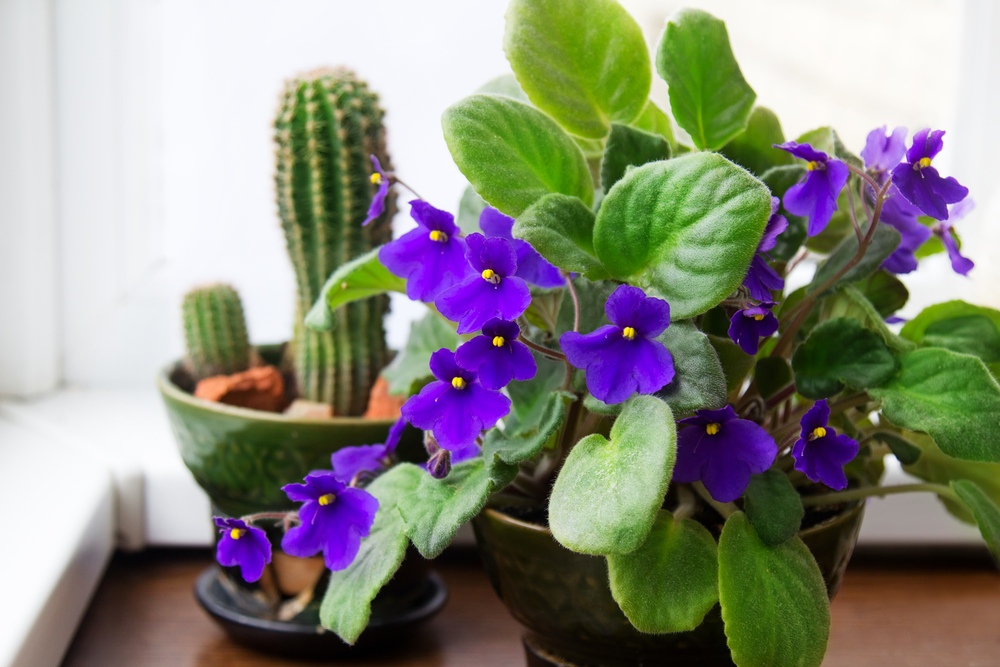
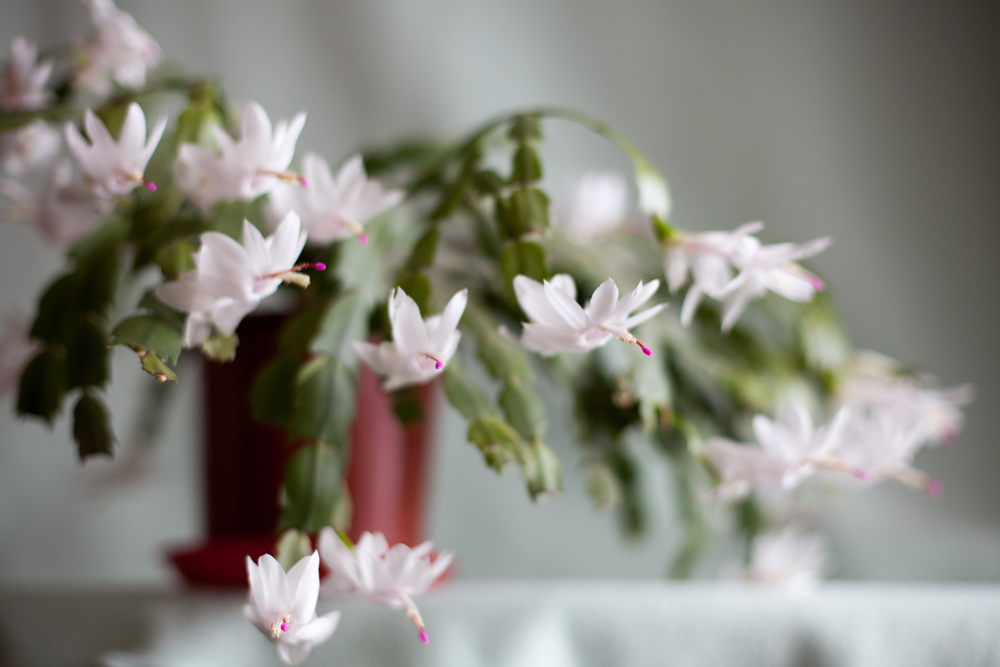
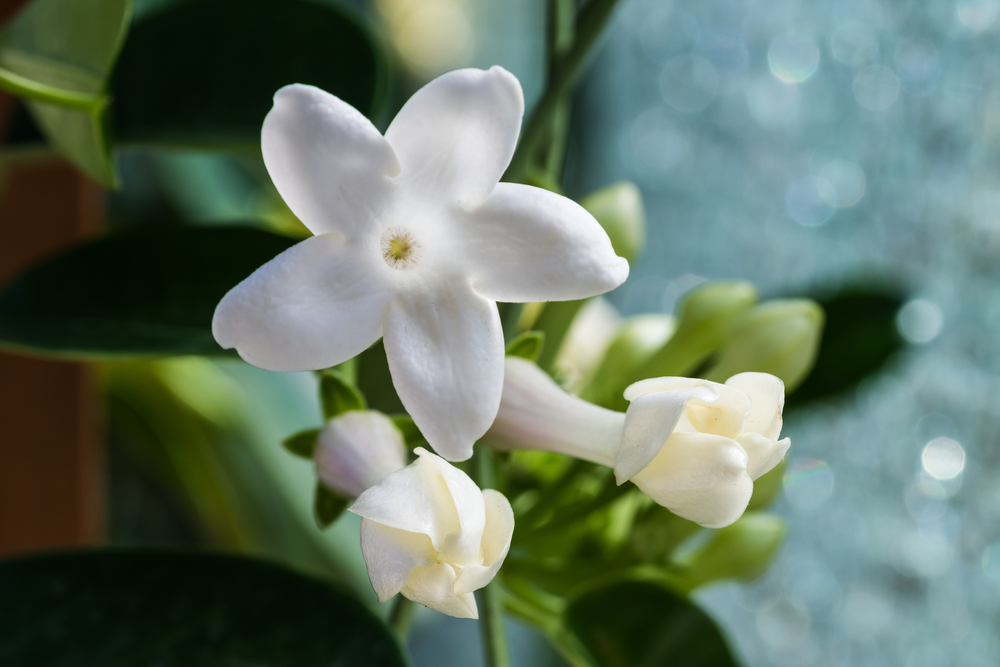

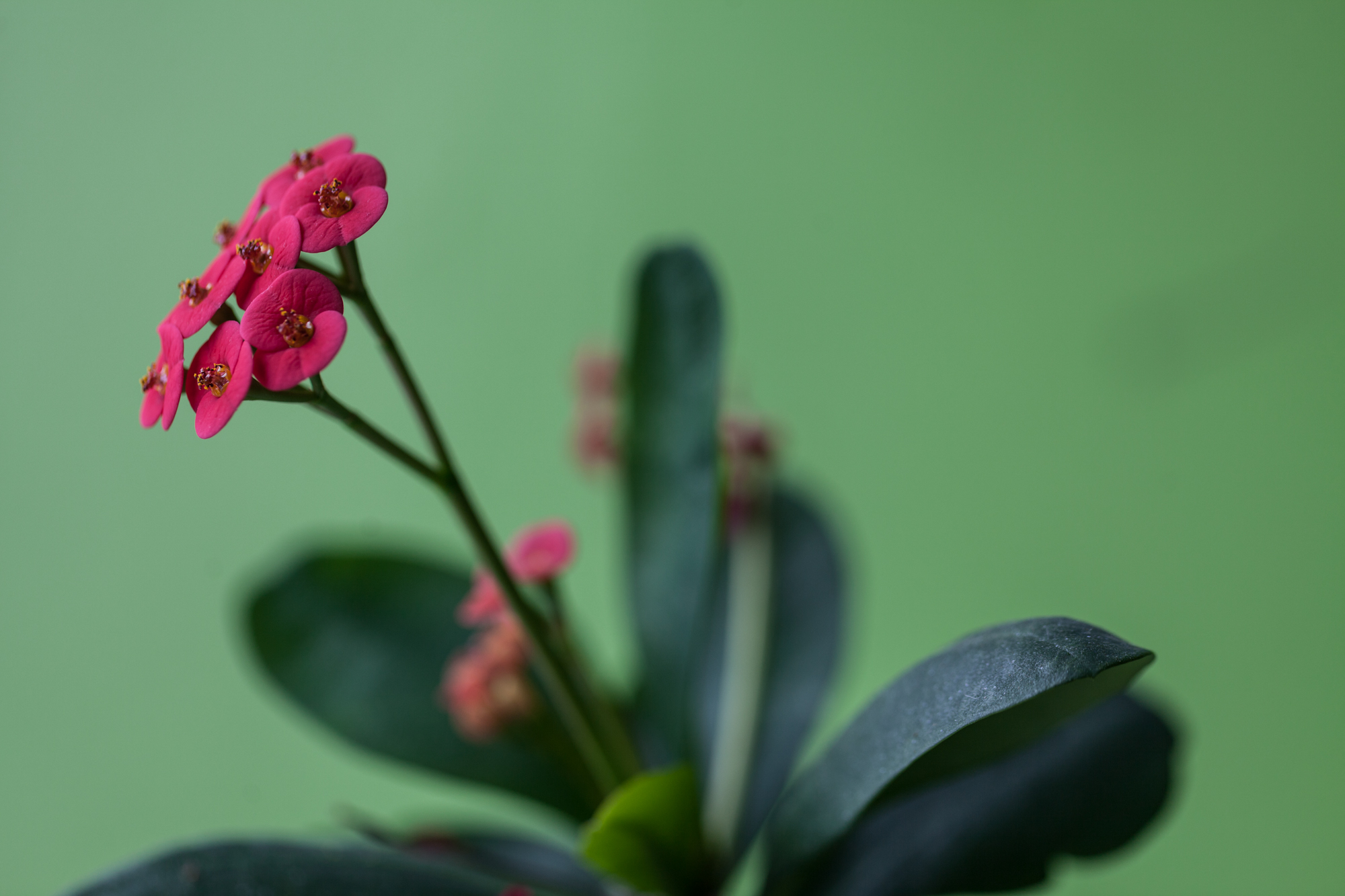

Jasmine (Jasminum sp.)
Jasmine typically blooms in the spring through fall, but it also can bloom in winter, and is often sold in stores during the winter months in bloom. If you want to produce winter blossoms in your home, you will need to give your jasmine a period of rest in the fall. Nights should be dark, as any light—like streetlights or indoor lights—can affect this. Once it blooms, prune it back quite heavily, which in general is a good practice since jasmine has a tendency to grow unwieldy.
Anthurium (Anthurium sp.)
Anthurium is native to Colombia and Ecuador, and is primarily an epiphytic species growing in moist, humid conditions. The inflorescence grows on a spike emerging from what some would consider the flower, but its really a palette-shaped spathe—often in the hue of red and pink, but you can also find them in white, orange and green.
Begonia (Begonia sp.)
Begonias come in a variety of species and though they all have showy, pink flowers that bloom in winter, most people get Begonias for their leaves, which come in all different shapes and colors.
Desert Rose (Adenium sp.)
Desert Roses have bright, showy flowers that are quite spectacular. They can bloom any time, but I've found that mine bloom through the winter. Shortly after, the plant can become pretty bare, dropping leaves, until there is new regrowth in the summer months. This past year, I placed my Desert Rose outdoors during the summer and it began sprouting plenty of new leaves. Once the temperature started to drop, I brought it indoors and two beautiful flowers began to emerge.
Lipstick Plant (Aeschynanthus radicans)
Lipstick plants in the home often like to be in a partially shady area. Since these were originally epiphytic plants, the best soil would be a mixture of sphagnum and potting soil. The plants prefer a warm, humid environment with some decent light. This mimics more of their native environment, tucked away in some damp forests. To encourage buds, keep them at 65° to 70°F, though in winter, they can definitely be cooler and drier. After they flower, it's suggested to prune their stems back to a height of 6" to encourage new growth.
Bleeding Heart Vine (Clerodendrum x speciosum)
This is a beautiful climber, often called either Bleeding Heart Vine or Pagoda Flower. When given partial or full sun, it'll toss out some showy pink buds that will last for several months.
Kalanchoe (Kalanchoe blossfeldiana sp.)
The blossoming Kalanchoe is a favorite plant sold in stores around wintertime, featuring blooms of all different hues—red, yellow, pink and orange. They are probably one of the most affordable flowering plants but can quickly look scraggly after they bloom. The key is dead-heading them after their bloom and chances are they'll bloom again shortly thereafter.
Cyclamen (Cyclamen sp.)
These plants are native to the Mediterranean and typically bloom from December through April. Most people toss away the plant after it blooms because it tends to lose all of its leaves. Don't do this! The plant is only going dormant. Water it now and again during this period and as soon as cool temperatures start up again in the fall, the plant will begin to revive again with regular watering.
Amarylis (Amarylis sp.)
Amarylis bulbs will bloom year after year if you repot per the specifications of the plant. Flowers will start to appear around 6 weeks after and if you want to extend the life of the showy flowers, all you need to do is snip off the stamens. After flowering, slice off the flower stalk a few inches above the bulb but keep the leaves. You can keep the plant growing by giving it a regular fertilizing schedule and good moisture. In around October, remove the bulb from its soil home and let it sit in a cool, dry place for two months before replanting.
African Violet (Saintpaulia ionantha)
African violets are one of the easier flowering plants to grow, particularly because they adjust well to the drier air that is often found indoors. I have mine close to a north-facing window, which it seems to do well in. They like sunnier locations, but a south-facing window would be far too hot for them. These are relatively compact plants, but you can also find some trailing varieties.
Christmas Cactus (Schlumbergera truncata)
My mother had beautiful Christmas cacti in her home, and these reliable bloomers are easy to come by, particularly in the winter months. There is a secret to good bud production, which involves temperature and light control. In the daytime, the plant prefers bright light and night temperatures should fall between 55° and 65° F. You'll want long nights starting in September—around 13 hours or more of continuous darkness—all before this plant flowers.
Hawaiian Wedding Vine (Marsdenia floribunda)
M. floribunda is a popular plant for weddings, as it name suggests. It has long tubular white flowers that have a fragrance very similar to jasmine. It's often sold while its blooming because indoors, it is hard to get it to bloom year-after-year. Don't let this plant slip below 59°F. It likes to be kept in a sunny spot, but with no strong afternoon sun.
String-of-Pearls (Senecio rowleyanus)
This beautiful succulent is a member of the Asteracea family and prefers well-drained soil for succulents. It doesn't mind being in slightly cooler conditions in the winter, around 50°F, but I keep my plant near a drafty window and it still puts out great flowers. It's not atypical for these plants to die back after a few years, so if you see signs of that, just make a cutting and restart the plant.
Crown-of-Thorns (Euphorbia milii)
The Crown-of-Thorns gets its name from its thorny stems. The plant also exudes a poisonous white latex when broken, which you should try to avoid getting on your skin. Cuttings are made at the tip, and the flowers of this plant, much like the Poinsettia and the Anthurium, are relatively inconspicuous but are surrounded by petal-like bracts—often in red or yellow hues.
Poinsettia (Euphorbia pulcherrima)
The Poinsettia's flowers are actually the inconspicuous little yellow buds that are subtended by the red, white or pink bracts. These plants are often tossed after the holidays, but you can continue having the Poinsettia around your house. If you take care of it, it may even turn into a shrub. The key to taking care of this plant is to keep it warm. It hates drafts. And it needs to be in a sunny area, but kept away from too much hot afternoon sun.
Any other plants that you love seeing their blooms during the winter months? Share them with me here or #homesteadbrooklyn on Instagram! 🌿
